Move Over for Rover: How to Help Guide Dogs not Trained for Social Distancing
By Titus Herman, CEO of Southeastern Guide Dogs, a national nonprofit that trains guide and service dogs for people with vision loss and veterans with disabilities.
In this time when so many of our social rituals have changed to accommodate the new rules of a global pandemic, one thing remains a constant: the need to remember to always use your powers of observation and offer a comfortable “physical distance” around a guide dog and his human handler when they are out in a public setting. Guide dogs are the eyes of their handler–they are trained to lead the way safely and securely. But we can’t expect guide dogs to understand the current physical distancing practice of maintaining 6-foot clearances.
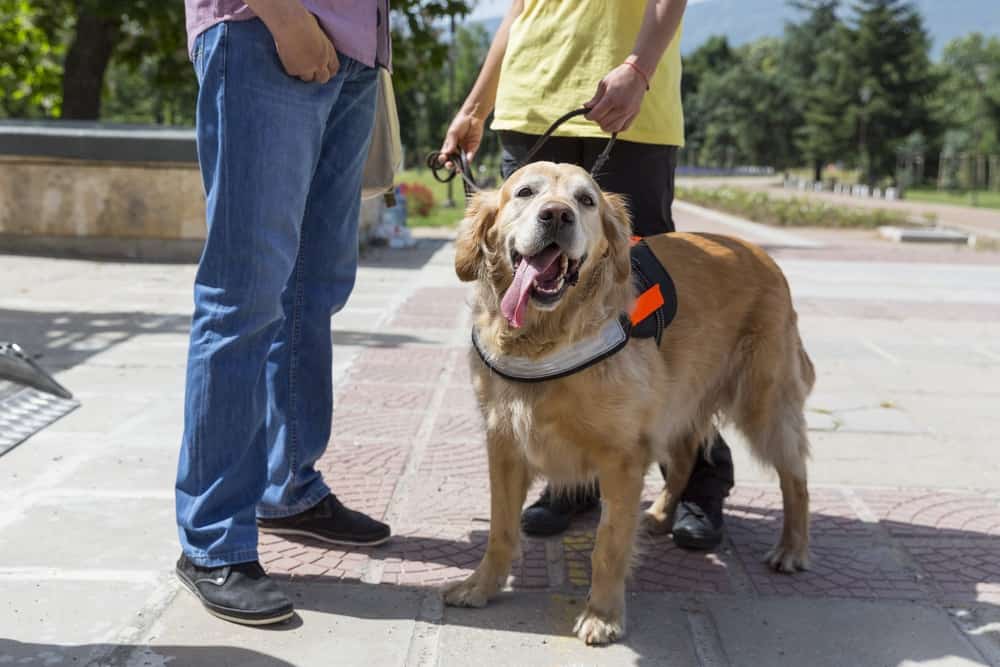
Guide dogs are trained to be decision makers. Even under stressful situations the intent of the dogs’ presence is to protect their handlers from harmful situations involving clearances around obstacles and navigating over dangerous under footings. When another party is in too close proximity, it can distract the dog from its tasks. Just as we humans like our space, guide dogs need space as well to perform their duties.
Our wonderful guide dogs are specifically trained to make safe choices in public settings. This includes on stairways, elevators, and escalators; in supermarket aisles; around restaurant tables and along sidewalks. The long-standing message of being a careful observer applies when you are in the same vicinity as the guide dog team—especially when locating, entering, or exiting doorways. Remember that the dog knows to lead his handler with safe clearance, but he does not know how to create a 6-foot gap.
I believe the guide dog’s presence should tell the story and that we humans must observe and react with care. The responsibility for recommended physical spacing in the presence of a working team should fall to the sighted party. Please decide when it is necessary to make the adjustment for 6-feet of distance between you, and do it in a casual manner. When you see a guide dog team approaching, be observant and add a small amount of space between you as needed. There is no reason for exaggeration, but it’s easy to add a little physical separation to comply with safety practices. A slight movement one way or another will help a lot. We each do it every day in our people-to-people encounters.
And please do this with subtlety and tact. The blind person approaching you does not want to feel awkward or to be put on the spot. Nor do they want to be given preferential treatment. Blindness in and of itself can be the cause of social isolation and often results in loneliness and distancing from life and human interaction. We are in no way suggesting that you avoid engaging with a visually impaired person–just not when that can interfere with their safety and health.
We are all having to make adjustments to adhere to the new protocols and safety measures designed to flatten the curve of Covid-19 in our daily lives. Thank you for being sensitive about giving our life-changing guide dogs a little more space in theirs.
About Southeastern Guide Dogs
Southeastern Guide Dogs transforms lives by creating and nurturing extraordinary partnerships between people and dogs. Our organization operates the most advanced training facilities of any service dog organization in the world. Our experts breed, raise, and train elite working dogs—including guide dogs, service dogs, and skilled companion dogs—and provide life-changing services for people with vision loss, veterans with disabilities, and children with significant challenges such as vision loss or the loss of a parent in the military.
Pursuing our mission since 1982, Southeastern Guide Dogs now has over 1,200 dogs under our auspices. All of our services—which include selective breeding and expert dog training; comprehensive on-campus student instruction; and the most robust alumni support program in North America—are provided at no cost to recipients. We rely 100% on private donations. Southeastern Guide Dogs has the distinction of being dually accredited by the two premier, global accreditation bodies: the International Guide Dog Federation and Assistance Dogs International. Learn more at www.GuideDogs.org.

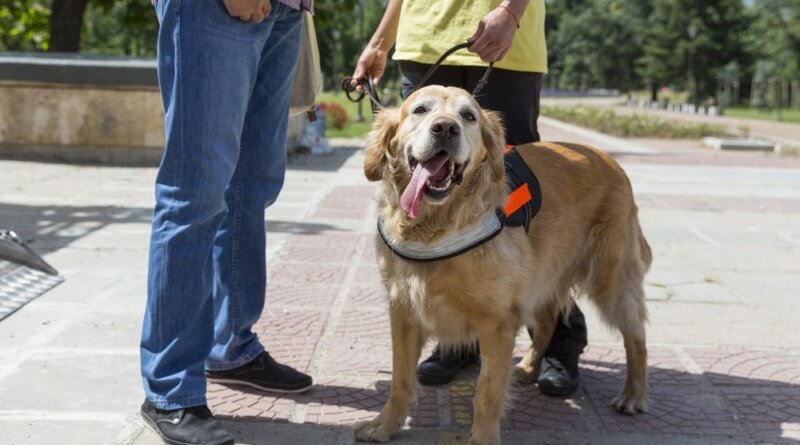
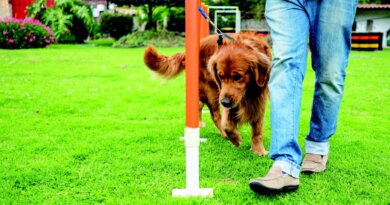
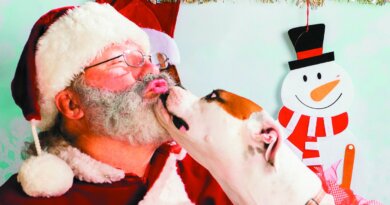
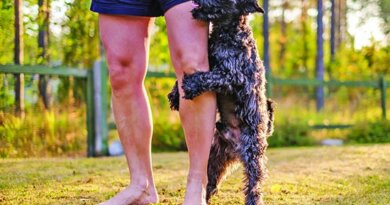
aviator bet: https://aviatorghana.pro/ aviator login